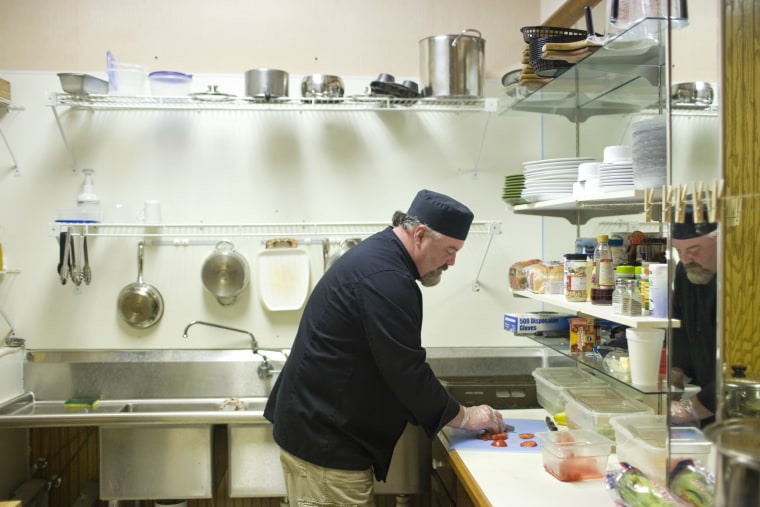The increase in part-time work since the recent recession is not unusual, according to a new report from the Federal Reserve Bank of San Francisco. But what has changed dramatically is the age of those taking the part-time work.
"The burden of part-time work has shifted to older people and that makes it more of a hardship for those who want to work full time but can't," said Rob Valletta, an economic research adviser at the bank, and author of the study.
"You see a 40-year-old who has a family and working part-time now," Valletta said. "That's a lot different than a teenager who's living with their parents."
(Read more: Fast food strike gets super-sized over wages)
'Older' part-timers
As a percentage of the overall workforce, the consistent growth in part-time jobs—currently some 8.2 million people are considered part-time workers in the U.S.—is below previous highs.
In his paper, Valletta states that part-time employment—those who traditionally work less than 35 hours a week—reached a level of 20.3 percent in 1983, slightly above the recent peak of 19.7 percent in 2010.
Part-time jobs have traditionally been the domain of younger workers. Those between the ages of 16 and 24 are more likely to find part-time work than those between the ages of 25 and 54.
But participation by younger workers as part-timers has decreased over time. The percentage has dropped to slightly more than 12 percent now, down from 23 percent in the late 1970s, Valletta said.
(Read more: Gloom and doom? Consumers are upbeat about economy)
Married women with some college education are also less likely to work part time, the data show — making up about 20 percent of part time workers, down from 30 percent in 1976.
According to Valletta's research, the current high level of part-time work is expected given the size of the "cyclical downturn ... part-time work typically increases in recessions."
"It's not surprising that we have so many older people taking part-time jobs," said Jason Bent, a professor of employment law at Stetson University. "It just shows how we have a low-wage recovery and a lack of middle-class jobs."
Valletta said he expects the situation to improve—for those who want to work full time.
"I think we'll see a decline in the amount of part-time workers and an increase in full time," he said. "It's just going to take a while for the job market to get better."
Obamacare effect on part-timers
(Read more: Ignorance of Obamacare threatens plan's success)
One reason Valletta thinks the situation will get better is that he doesn't believe the implementation of Obamacare will result in dramatic job cuts as some are predicting.
"Employers have legitimate concerns about costs, especially the small firms with 50 or more workers," Valletta said.
"But I think the switch from full-time to part-time jobs won't be so big," he said. "We saw in Hawaii that part-time work increased only slightly in the two decades following the enforcement of a state employer health mandate. I expect that to be the case with Obamacare."
—By CNBC's Mark Koba. Follow him on Twitter @MarkKobaCNBC.
